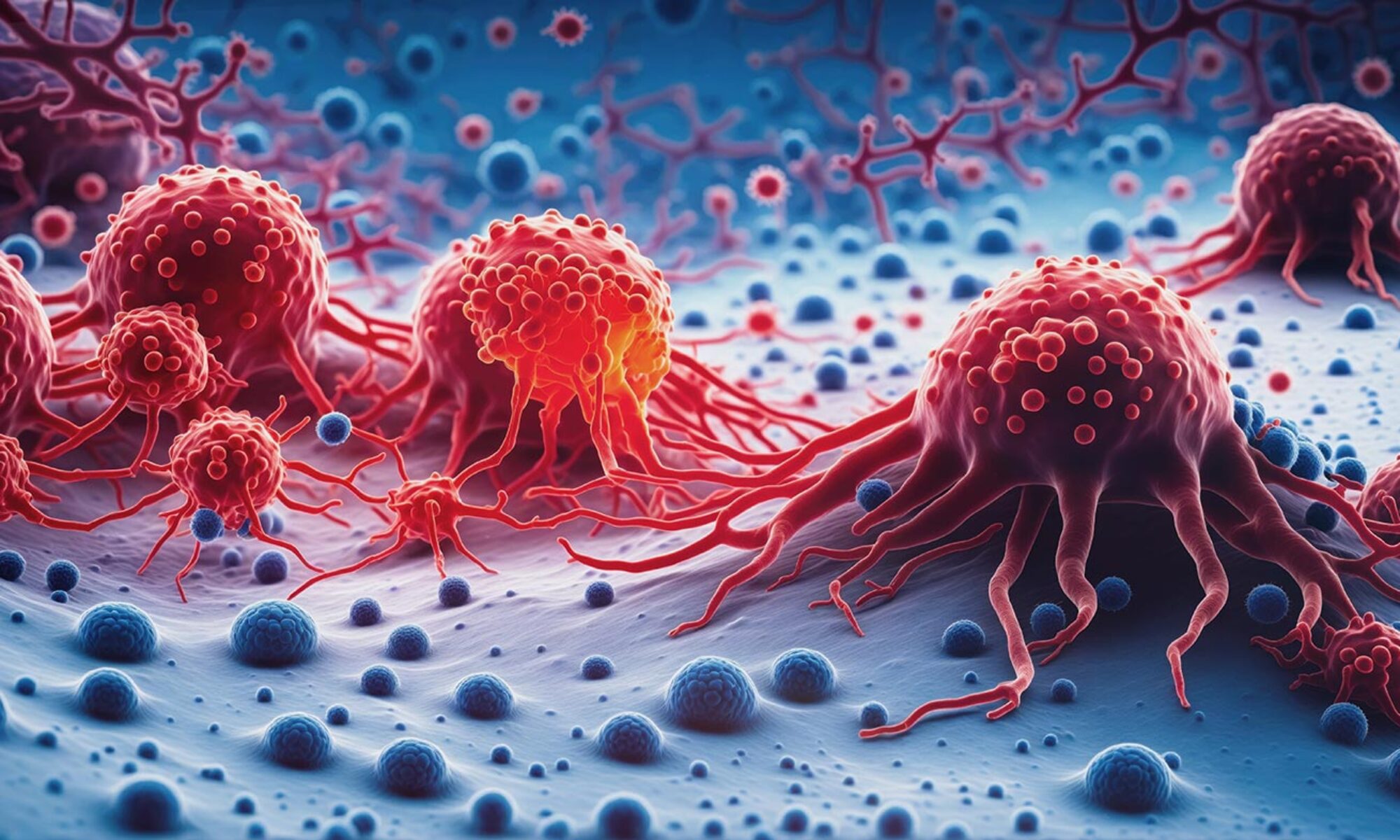16 October 2023
Oncolytic viral therapy as promising immunotherapy against glioma
Abstract
Glioma is a common primary central nervous system malignant tumor in clinical, traditional methods such as surgery and chemoradiotherapy are not effective in treatment. Therefore, more effective treatments need to be found. Oncolytic viruses (OVs) are a new type of immunotherapy that selectively infects and kills tumor cells instead of normal cells. OVs can mediate antitumor immune responses through a variety of mechanisms, and have the ability to activate antitumor immune responses, transform the tumor microenvironment from “cold” to “hot,” and enhance the efficacy of immune checkpoint inhibitors. Recently, a large number of preclinical and clinical studies have shown that OVs show great prospects in the treatment of gliomas. In this review, we summarize the current status of glioma therapies with a focus on OVs. First, this article introduces the current status of treatment of glioma and their respective shortcomings. Then, the important progress of OVs of in clinical trials of glioma is summarized. Finally, the urgent challenges of oncolytic virus treatment for glioma are sorted out, and related solutions are proposed. This review will help to further promote the use of OVs in the treatment of glioma.
